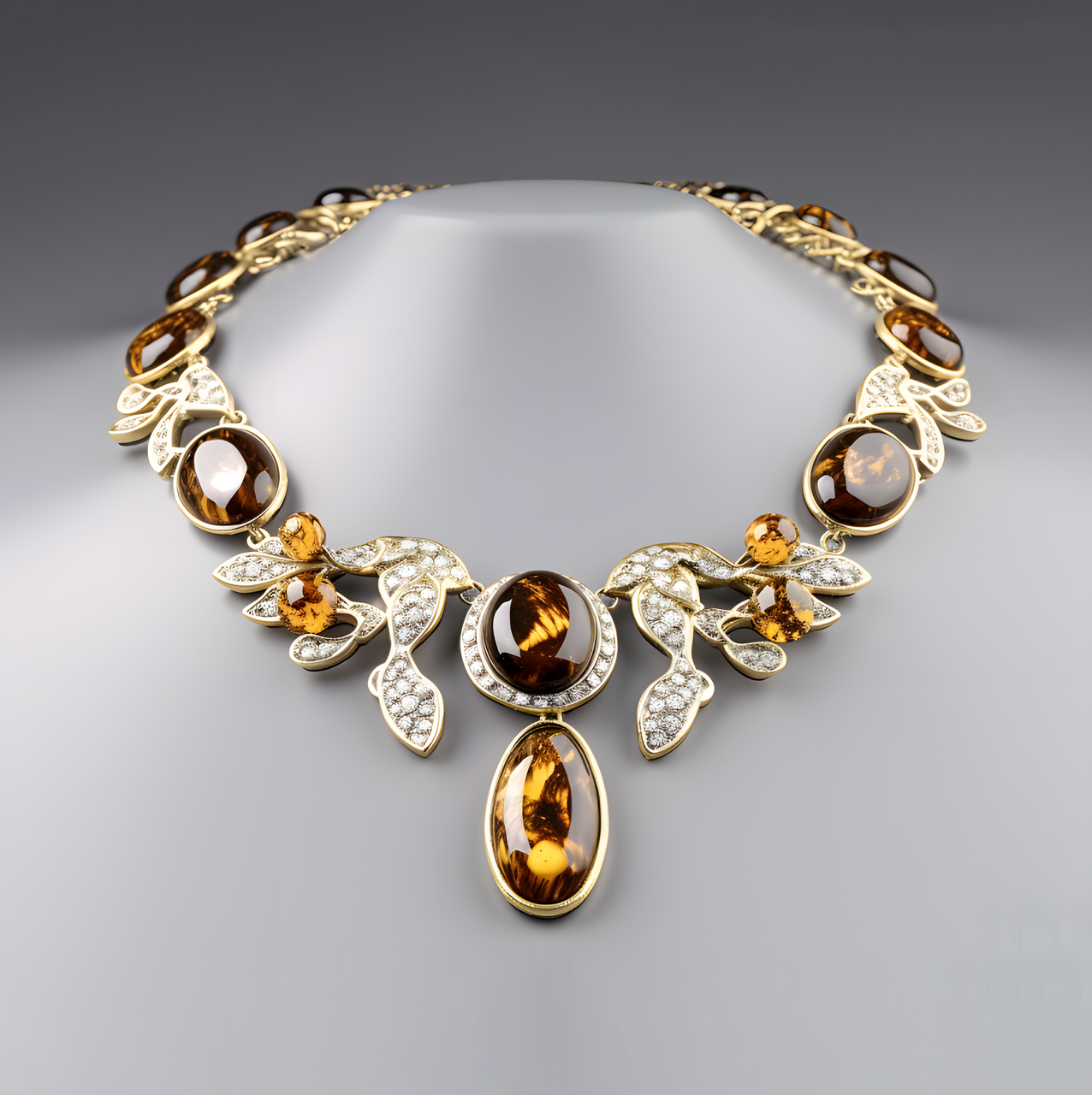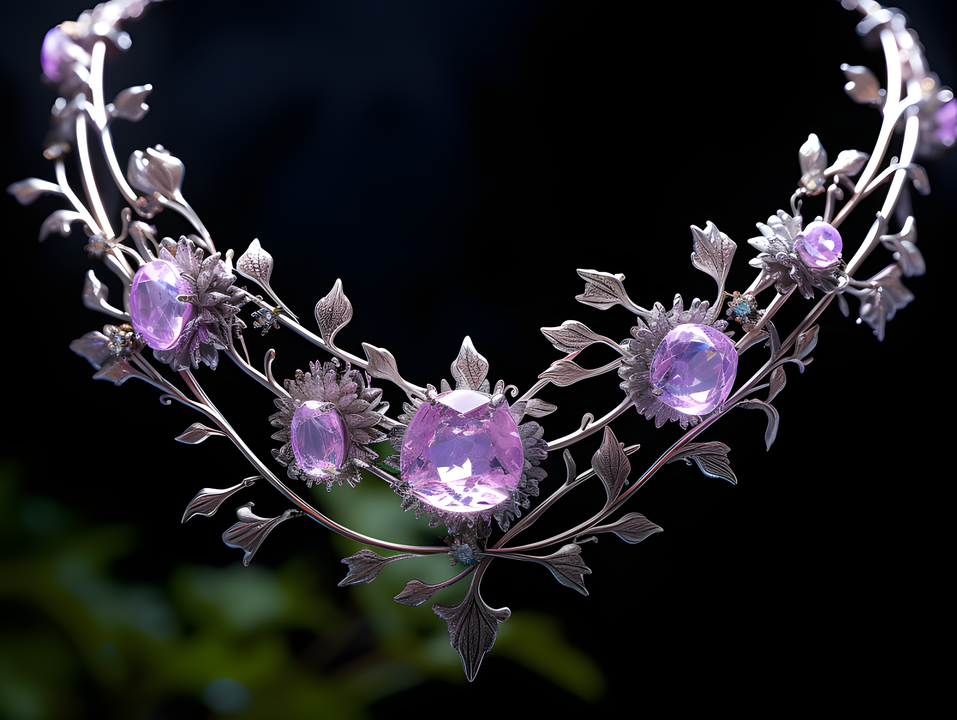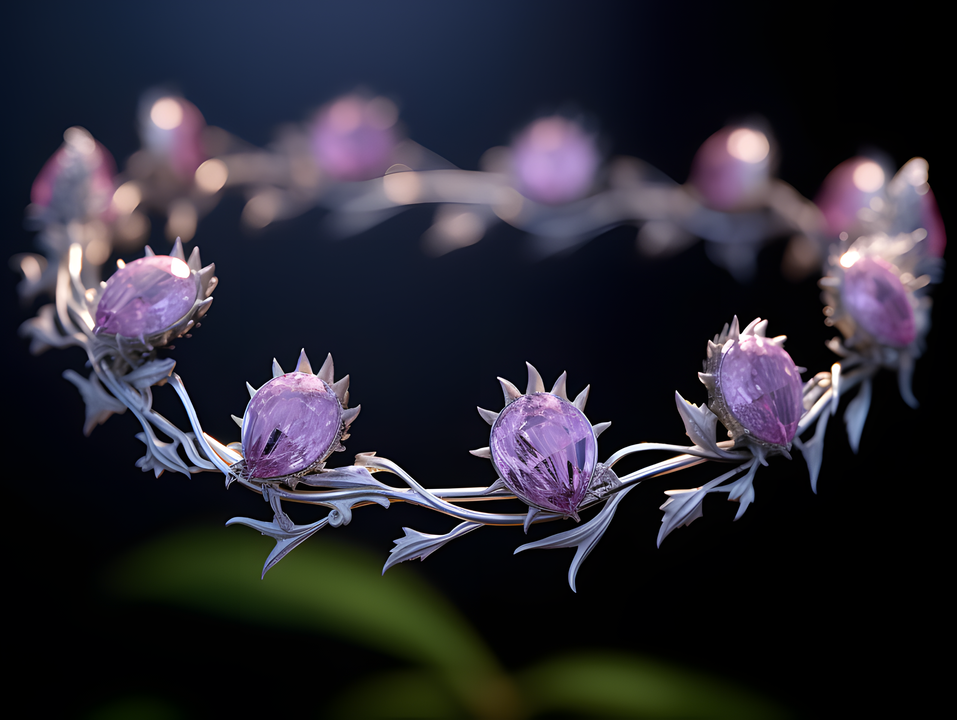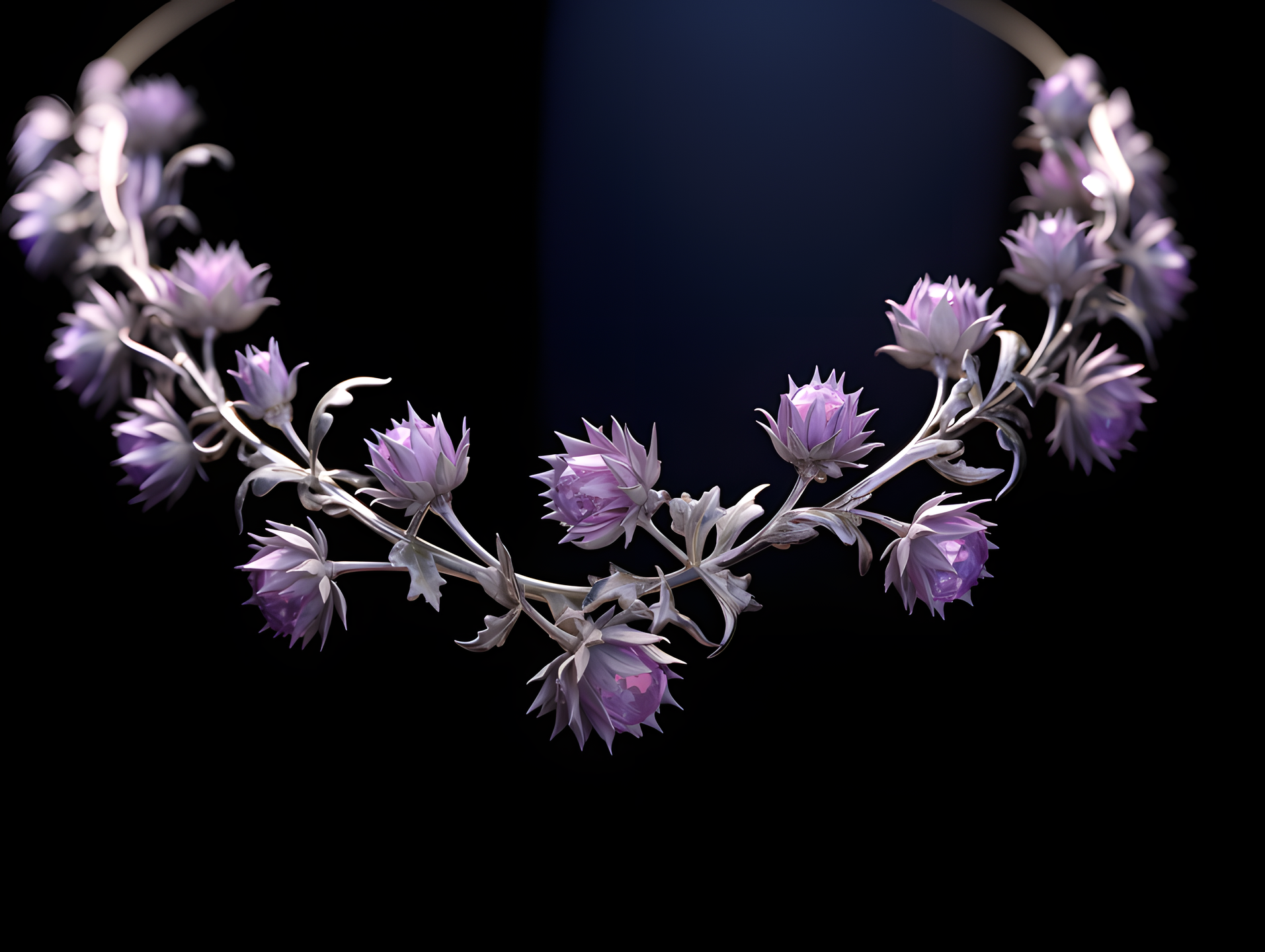
Taiwan
endemic species
Virtual Jewelry Design
Hung-Yu Chen
Syrmaticus mikado
Mikado pheasant is a gamebird in the pheasant family Phasianidae of the order Galliformes, gallinaceous birds.
Sometimes considered an unofficial national bird of Taiwan, a pair of Mikado pheasants and Yushan National Park, one of the areas it is known to inhabit, is depicted in the 1000 dollar bill of the New Taiwan dollar.



Agehana maraho
The Taiwan Swallowtail Butterfly is a species unique to Taiwan. Its forewings have a black-brown color, while the hindwings feature prominent white spots and red crescent-shaped patterns. The tail-like protrusions are notably wide and red in color. The caterpillar feeds on the Taiwan Cherry Tree and its population is extremely scarce, making it a conservation species.



Polycyathus chaishanensis
The critically endangered species, first-class conservation level, was discovered in the Taoyuan Datan algal reef area in June 2017. By 2020, there were more than 100 living colonies recorded in the Datan algal reef. Currently, in Taiwan, its distribution has also been documented in the Kaohsiung Chai Mountain and Taoyuan Guanyin coastal algal reef areas.


Prunus taiwaniana
The Wushe Mountain Cherry Blossom is a deciduous small tree with oval-elliptical leaves. The leaf edges are serrated, and there are two glands at the leaf base. The flowers are white, arranged in clusters of 36 blossoms. The petals are elongated with a notched tip, blooming at the end of March. This plant is native to the middle elevations of Taiwan and commonly found in the central mountainous regions.




Leopard cat
It resembles a domestic cat with a gray-brown coat adorned with black spots and dark stripes on its forehead, similar to a leopard's pattern. It is nocturnal, agile, and carnivorous. The species is found in broadleaf forests and shrubs. Currently, its population is scarce, and its elusive behavior makes it difficult to spot.


Machlolophus holsti
The Yellow Tit is a rare bird in Taiwan, with a beautiful appearance, including a yellow face and underparts, yellow-green back, and black crest. It mainly eats insects and lives in mid to high elevations in forests. It is endangered due to its low population. You can see it in places like Taroko National Park. Both males and females look similar and have pleasant and varied sounds.


Cirsium tatakaense

colin236236@gmail.com